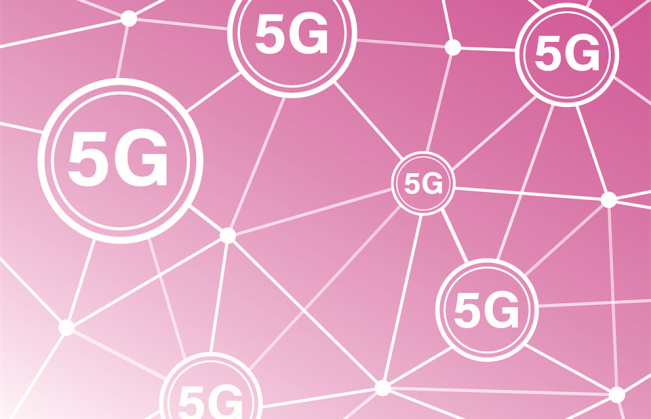What will 5G replace?

Given the challenges of building adequate infrastructure and
maintaining 5G network security, the question of whether or when 5G will
completely replace current services is not easy to answer.

What will 5G replace?
The lightning-fast speed and ultra-low latency of 5G are
expected to replace current technologies such as Wi-Fi and broadband in the
next few years, especially in IoT networks. 5G will promote the connectivity
revolution. As CNET reported, “it can unleash the full capabilities of other
hot technology trends to promote autonomous vehicles, drones, virtual reality,
and the Internet of Things.”
The realization of this promise may be slower than many
people expected, especially in areas with low population density, which will
require substantial investment in infrastructure. 2019 is touted as "the
year when 5G becomes a commercially viable technology." However, as
providers such as Verizon have successively launched 5G networks in major U.S.
cities, their ability to extend millimeter wave coverage to suburban and rural
areas has been limited. Potential users of the 5G Internet of Things, such as
municipalities, manufacturers, and healthcare providers, will need time to
formulate reasonable implementation strategies.
Given the challenges of building adequate infrastructure and
maintaining 5G network security, the question of whether or when 5G will
completely replace current services is not easy to answer. This is also
affected by the fact that most 5G networks in North America use the
non-standalone (NSA) 5G version, which depends on the underlying LTE core
network. Providers plan to switch to standalone (SA) 5G in the future, but this
will take time. Currently, advanced 4G LTE, Wi-Fi and edge processing solution
platforms support the rapid expansion of connected mobile and IoT devices.
Consulting firm Bloor said that these technologies will continue to coexist
with emerging 5G networks, and that 5G is not expected to be fully deployed
until at least around 2025.
The Role of Current Network Standards In The 5G World
As predicted by Adept IT Director Andy Egan, although 5G may
eventually replace current cellular standards in the development of the
Internet of Things, other technologies such as Ethernet may continue to coexist
with 5G networks. Andy Egan said: "Especially for servers, I hope to still
use Ethernet for a long time in the foreseeable future." Laurie Patton,
former executive director of Internet Austria, put it this way: "The
opinion of most experts is that 5G networks will be a supplement, not a
replacement for fixed broadband services."
During the gradual transition to 5G, other businesses will continue to move forward to meet the ever-expanding demand for the Internet of Things. The complementarity of 5G and existing technologies may also extend to Wi-Fi. Wi-Fi in particular remains a powerful wireless solution for various use cases. Despite the revolutionary potential of 5G and the heated discussion about its applications, the Wi-Fi market is expected to grow by 21.2% by 2022. The quality and performance of Wi-Fi will be improved. With innovations such as Ericsson and Cisco's "Evolved Wi-Fi Network (EWN)", 5G may not completely replace Wi-Fi for a period of time.
5G Innovation In The Internet of Things
When it comes to many IoT application cases such as smart
manufacturing, some companies have already begun to study what 5G can replace
or start over. For example, Audi, BMW and Volkswagen have proposed 5G to
replace their Wi-Fi and Ethernet networks. 5G will surpass these in some key
aspects, making it a better choice for multiple IoT applications, especially
those that require fast mobility and ultra-low latency, such as manufacturing,
self-driving cars, and healthcare. Those companies that are willing and able to
invest in infrastructure will be ready to reap the transformative benefits of
the 5G IoT ecosystem. The transition from NSA 5G to fully independent SA 5G
will further release the full power of 5G functions.
Expansion of 5G infrastructure for the large-scale Internet of Things faces many challenges. They go beyond the nuanced standards adoption work done by 3GPP to ensure interoperability, including the development of short- and long-term growth plans, solutions to reduce power consumption, and the expansion of backhaul network and Internet capacity to handle data transmitted over 5G networks. Large amounts of data. Before 5G meets these challenges, we may continue to see the development of LTE, Wi-Fi, Ethernet and other network technologies. The overall transition will take some time. It seems that the deployment of the Internet of Things will develop to all 5G, while also taking advantage of the current wireless and wired network technology advancements.